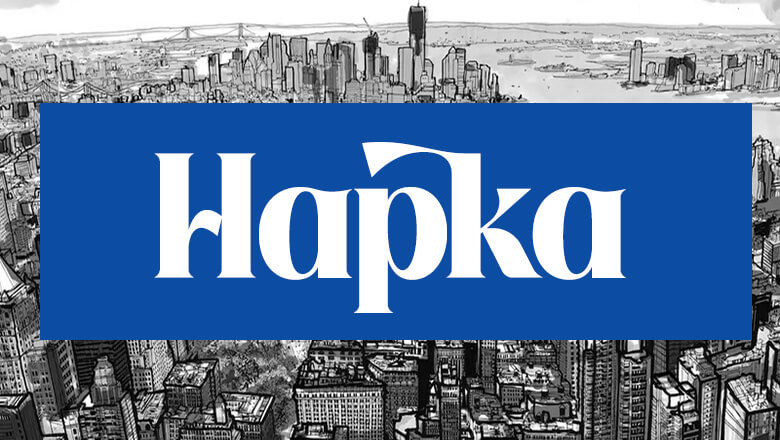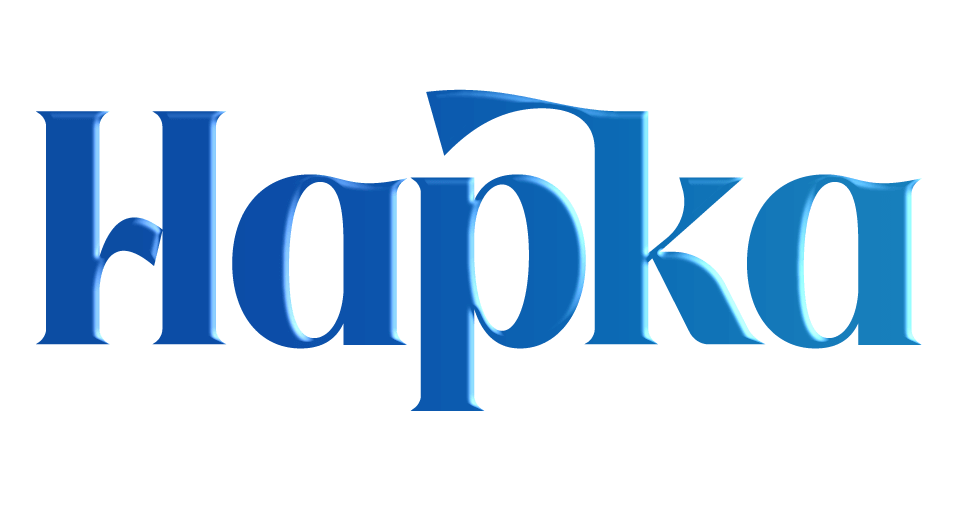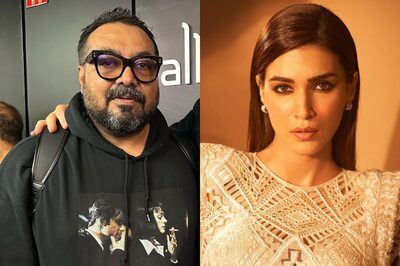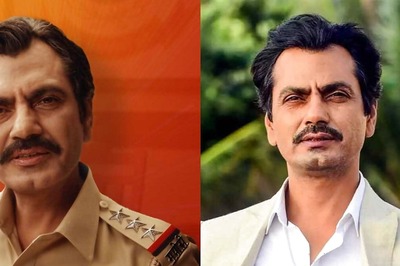
views
What is a chubby body type?
A chubby body type is soft, round, and has a little bit of extra weight. Someone who has a chubby body type tends to be plump and slightly overweight. The areas where the fat resides can vary by person, but someone with a chubby body type typically has a round face, fuller arms, and carries weight in their midsection. To determine your body shape, take your body measurements (at the fullest part of your chest, the smallest part of your waist, and the widest part of your hips), then compare them to see which is the largest and smallest. Meet the wikiHow Experts Souad Gharib is an Exercise & Wellness Specialist who specializes in helping women reach their goals through exercise, nutrition, and counseling. Nejla Renee is a Fashion Stylist & Image Consultant based in New York City. She has over 7 years of experience helping people enhance their positive attributes and express themselves through their style.
Other Body Types
Skinny A skinny person doesn’t have much fat on their body. They tend to have a thin frame with less body fat and muscle than the average person. Skinny people may find it harder to build muscle and fat due to varying factors, like metabolism and genetics.
Slim Thick According to Gharib, the slim thick body type “refers to having a smaller waist paired with fuller hips, thighs, and a curvier lower body. It’s often associated with a balanced combination of lean muscle tone and curves, emphasized by fitness and diet trends.”
Thick The thick body type is similar to the slim thick and curvy body types, as it is defined by full hips and thighs with a curvy lower body. When compared to slim thick body types, thick body types tend to have more fat, but they both have noticeable, well-defined curves.
Curvy Unlike the other body types, the curvy body type applies to all different weight classes. It is defined by a figure with wide, curving hips, a large bust, and a small waist. Anyone can have a curvy body type as long as they have a figure that curves around the hips and bust, similar to an hourglass.
Big-Boned A big-boned body type is similar to the chubby body type. They’re both large, but for different reasons. The big-boned body type is large because of the person’s large bones. People who are big-boned typically aren’t considered fat due to their body structure.
Fat Fat is generally used to refer to people who are overweight. It’s characterized by having enough body fat to cover your natural curves and pockets, hiding your shape. Like the chubby body type, someone who is fat typically has a round face, a muffin top, and fat built up in their arms. They may also have fat in other areas, like their legs and chin.
Obese An obese person has an excessive amount of body fat, often to the point where it affects their mobility. Obesity can also have negative effects on your health, depending on various factors, like exercise and health history. A body mass index of 30 or higher is typically the benchmark for obesity in adults.
How to Dress If You Have a Chubby Body Type
Choose clothes that flatter your shape. When dressing for your body type, look for clothes that fit your body shape, rather than hiding it with oversized clothing or accentuating the wrong areas with clothes that are too tight. Embrace your body as it is and look for clothing that fits it. Your body is nothing to hide, so choose clothes that reflect its beauty. Learn your body shape and draw inspiration from chubby influencers and Pinterest boards to flatter it. Common chubby body shapes include: Apple: full midsection contrasted by slim legs and hips. Pear: wide hips and thighs and a small upper body. Hourglass: balanced chest and hips, as well as a defined waist. Rectangle: straight body shape with little to no waist definition.
Find your personal style. To find your personal style, Renee says to consider your lifestyle. Buy clothing based on what you do for work and what you do on your time off. Observe what others wear at your job and in your hobby spaces, taking note of what you like and don’t like, and go from there. Narrow down what you like and what will work in your daily life. Renee also suggests looking at celebrities whose looks you enjoy and considering which part(s) of their outfit will look good on you.
Layer your tops to create a balanced look. When you layer, Renee says to “start with fitted thinner fabrics as your base,” then add layers of heavier, looser pieces on top. “Don’t be afraid to mix textures and fits,” Renee adds. For example, consider wearing a well-fitting, thin T-shirt as your base, then layer a long, light cardigan on top. Other layering tips include: Put a flowy jacket over a fitted top to create a fluid, balanced look. Wear thin, lightweight fabrics to avoid a bulky, uncomfortable look.
Choose flattering bottoms that balance out your lower half. Even if your top half is clean and well-styled, bottoms that are too tight or don’t match your upper half can wreck the outfit. Depending on the specifics of your body type, you may want to opt for different bottoms, like A-line skirts or dark-wash jeans, as they help balance out your hips and lower half, respectively. When looking for bottoms, take these tips into account: A-line skirts balance the hips for those with the pear body type. High-waisted pants & skirts make your legs look longer and help balance your midsection. Dark-wash jeans make your bottom half look smaller and slimmer. Straight-leg and boot-cut jeans help balance your lower half and your top half to even out your silhouette.
Add interest with cool shoes and accessories. Regardless of your size, interesting shoes and accessories can always help elevate an outfit and draw attention to the features you’re more confident about. Once you’ve decided on an outfit, accessorize by following these tips: Long necklaces create vertical lines that help make your torso seem longer. Statement earrings draw attention to your face. Belts help define your waist and create that sought-after hourglass shape. Scarves help add an extra element of color and fabric to your outfit while also creating a flattering neckline.
Key Takeaways
A chubby body type is beautiful like any other body type, so embrace it. Beauty is subjective, which means chubby body types are inherently beautiful to some, just like any other body type. It’s important to embrace your body type, no matter how you look, and avoid shaming others for their body types because of their differences. Always remember to love yourself regardless of your body type. Attractiveness isn’t based on your size. It’s a subjective measurement that’s more defined by the content of your character and someone’s personal preferences and beliefs. If you want to build more confidence in your look, consider wearing clothes that fit and help balance out the proportions of your body.




















Comments
0 comment